SUMMARY
VENOM: Highly Toxic - Potentially Leathal
PREVALENCE: Very rare
ACTIVE PERIOD: Active at night
KEY ID FEATURES: Tan with dark brown or black markings, very large head, slender body
BEHAVIOUR: Highly defensive, will attack if it feels it can’t get away, bite attempts frequent if cornered or handled
SIZE: Small/Medium - 40-80cm possibly up to 1m+
IUCN: LC - Least Concerned
OTHER: Highly localised population(s)
QUICK ASSESSMENT 0-10
VENOM REVIEW*
COMPOSITION: Procoagulants, Haemorrhagins, Oedema inducing toxins, Anticoagulants (possibly present), Necrotoxins (possibly present), Nephrotoxins (likely not present), Cardiotoxins (likely not present).
LOCAL EFFECTS: Serious envenomation possible, potentially lethal, local pain, swelling, bruising, blistering, minimal local necrosis.
GENERAL EFFECTS: General pain, dizziness, possible shock.
TREATMENT: Antivenom.
*INFORMATION ON VENOM OBTAINED FROM WWW.TOXINOLOGY.COM
GALLERY
IMPORTANT: Many snakes have significant variance in coloration and pattern even within the same species. There can also be extreme differences in appearance from juveniles to adults so it is important to never assume you have properly identified a snake.
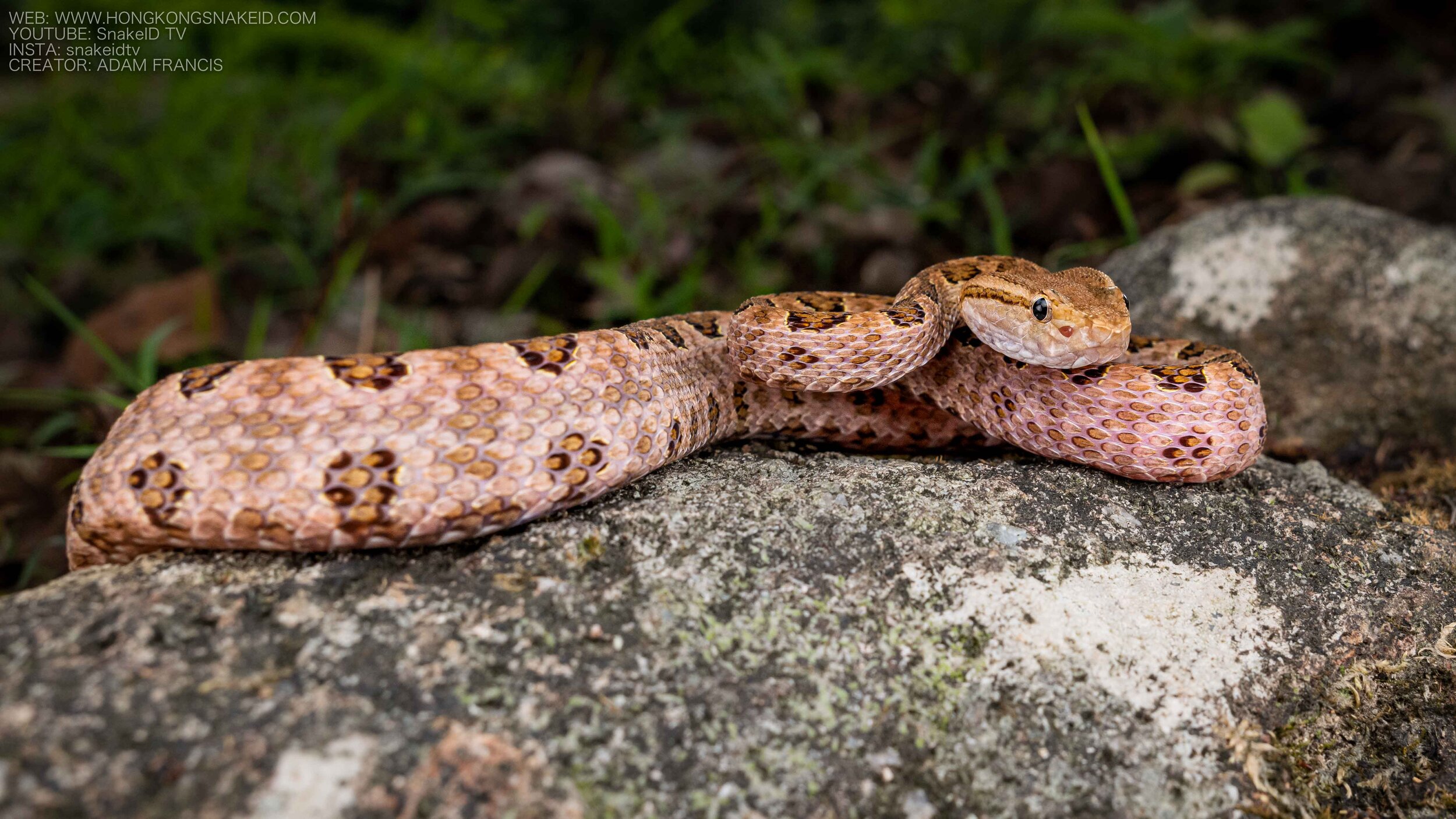
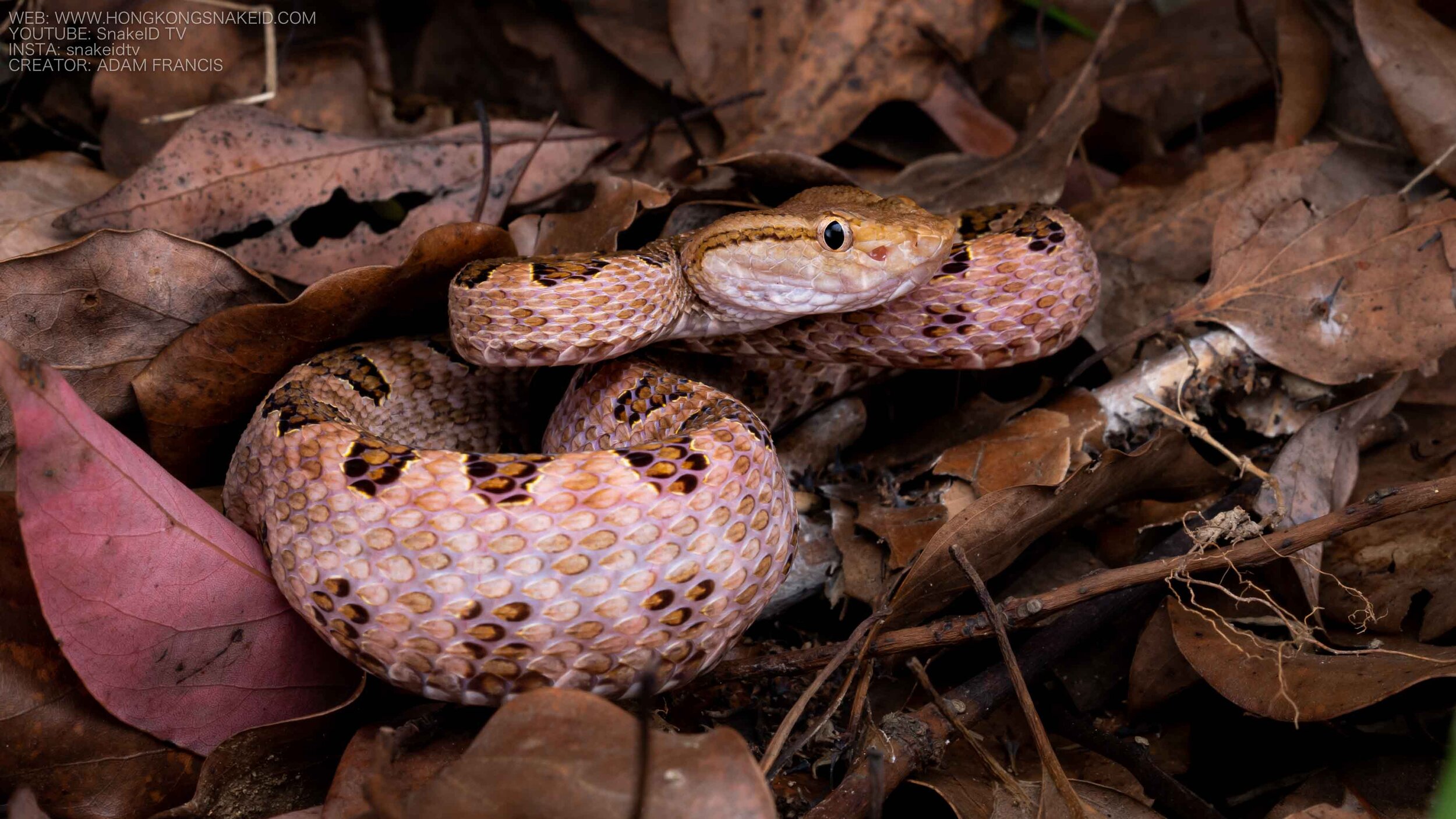
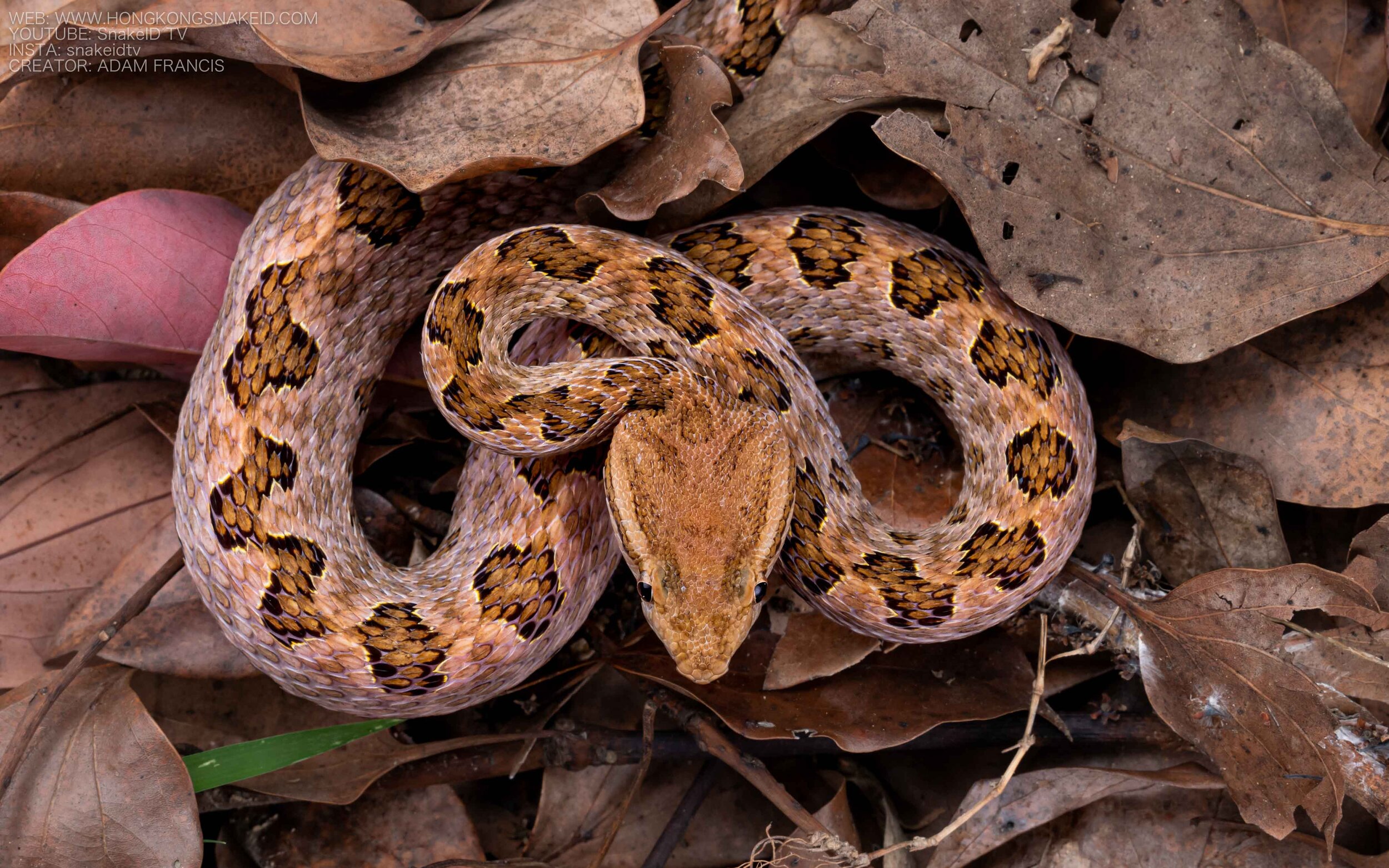
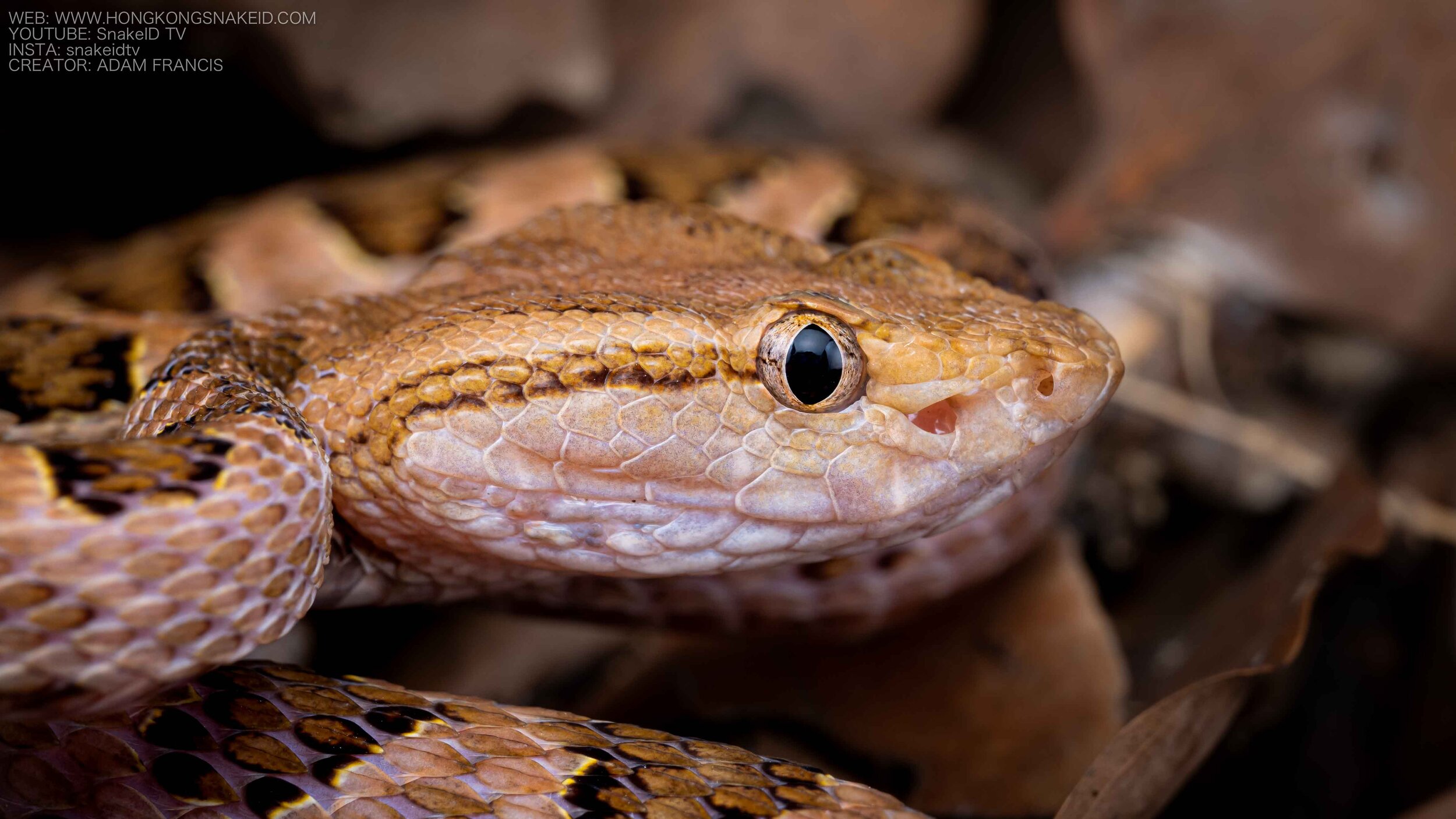
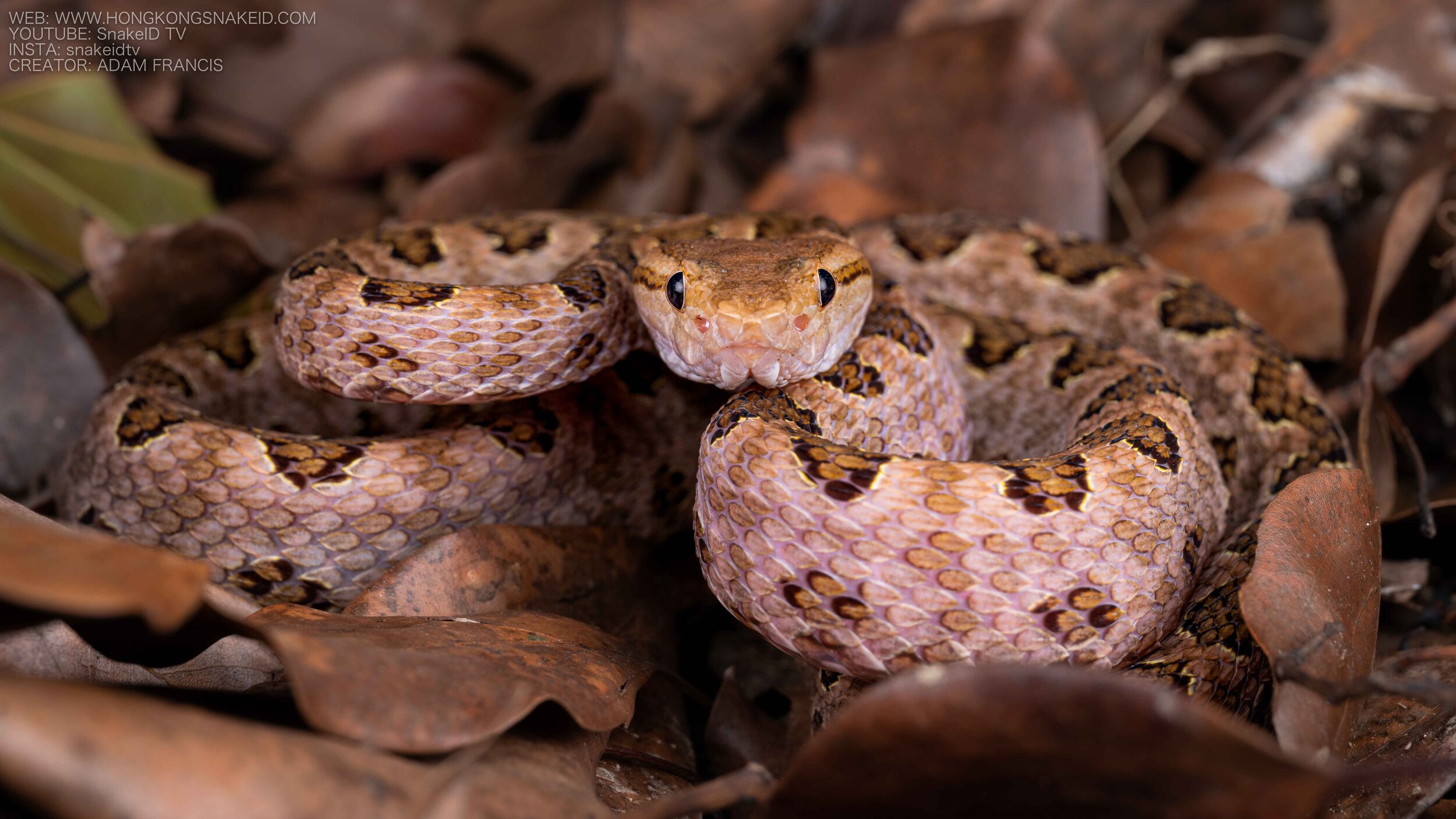
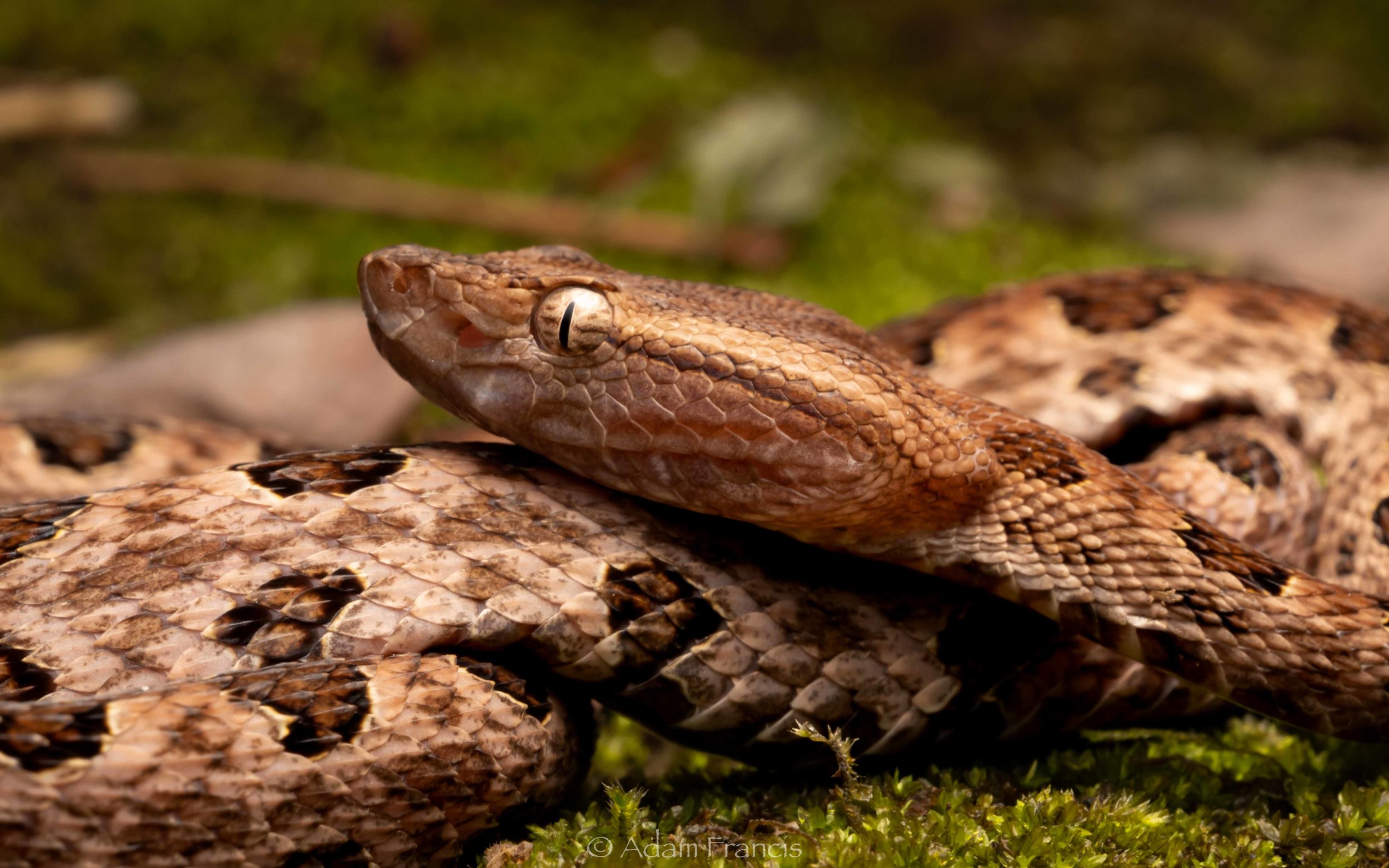
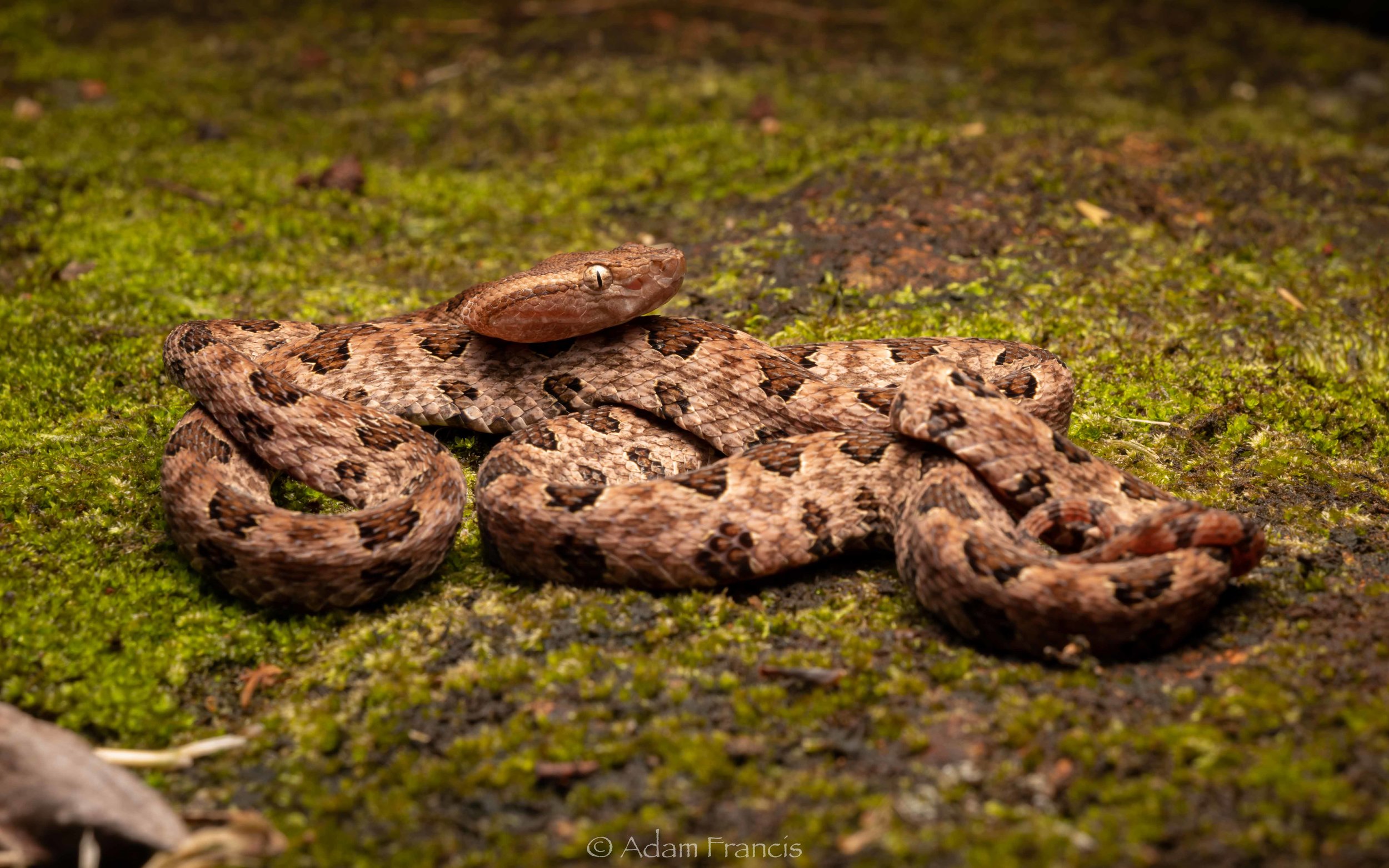

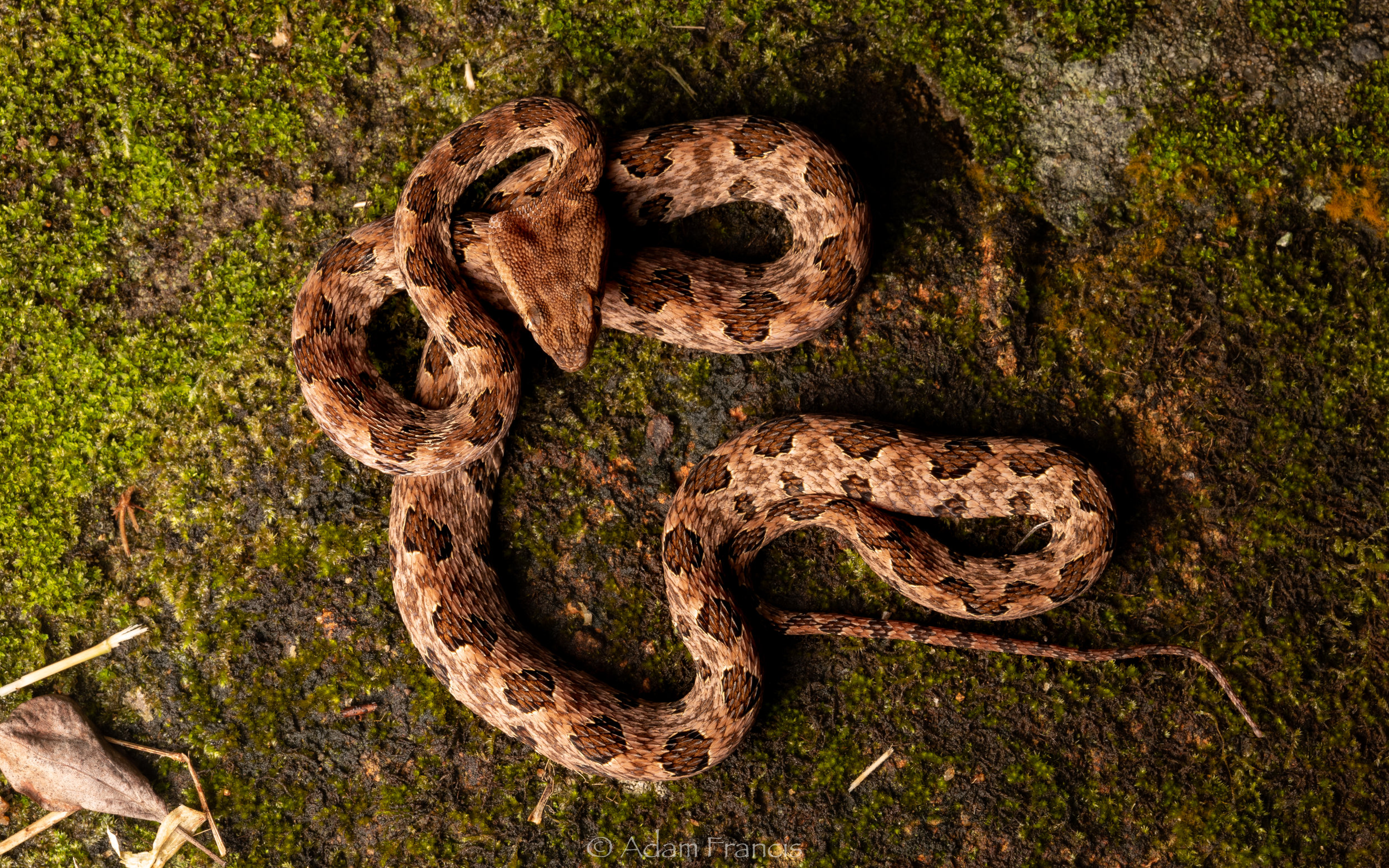

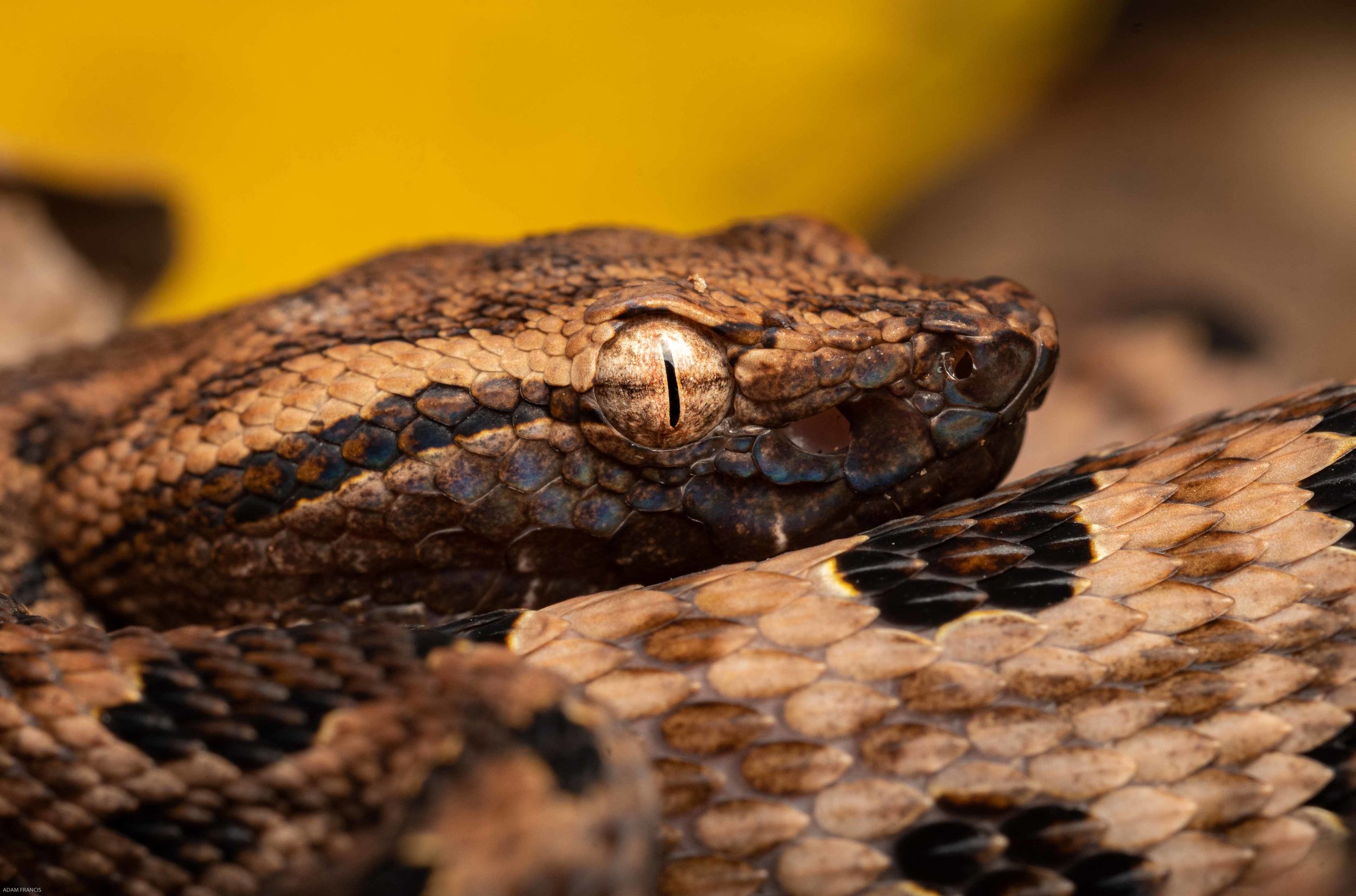

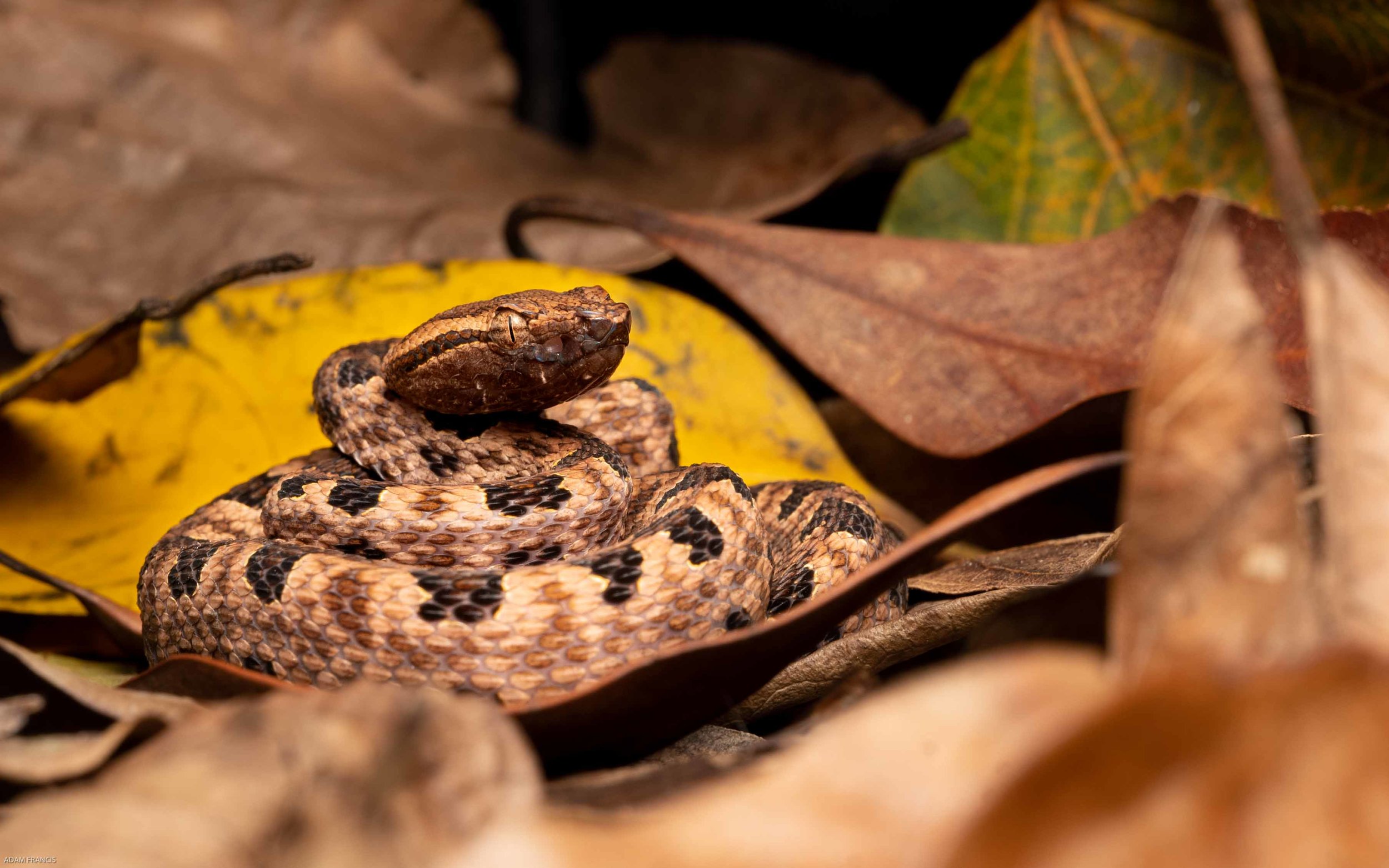
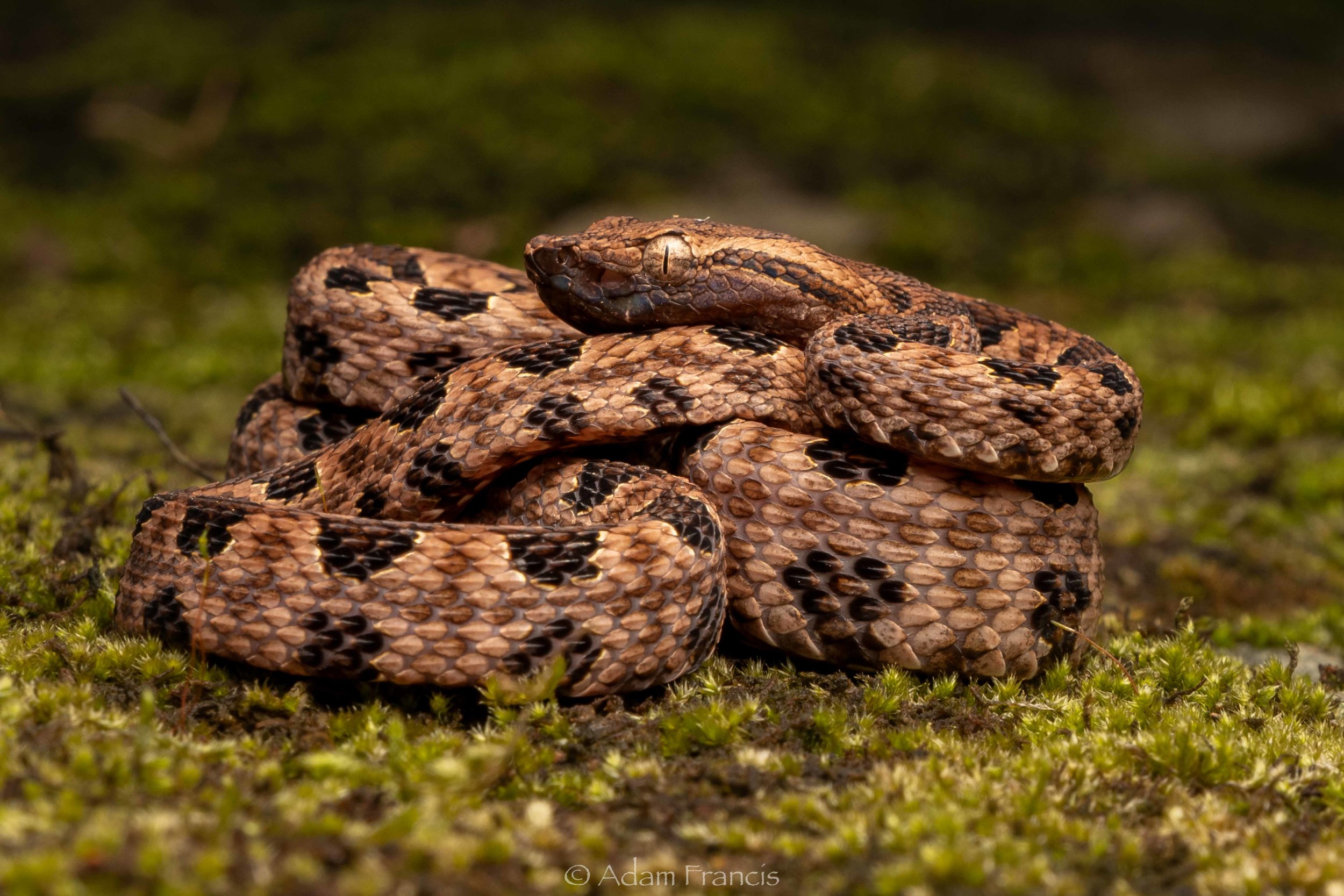

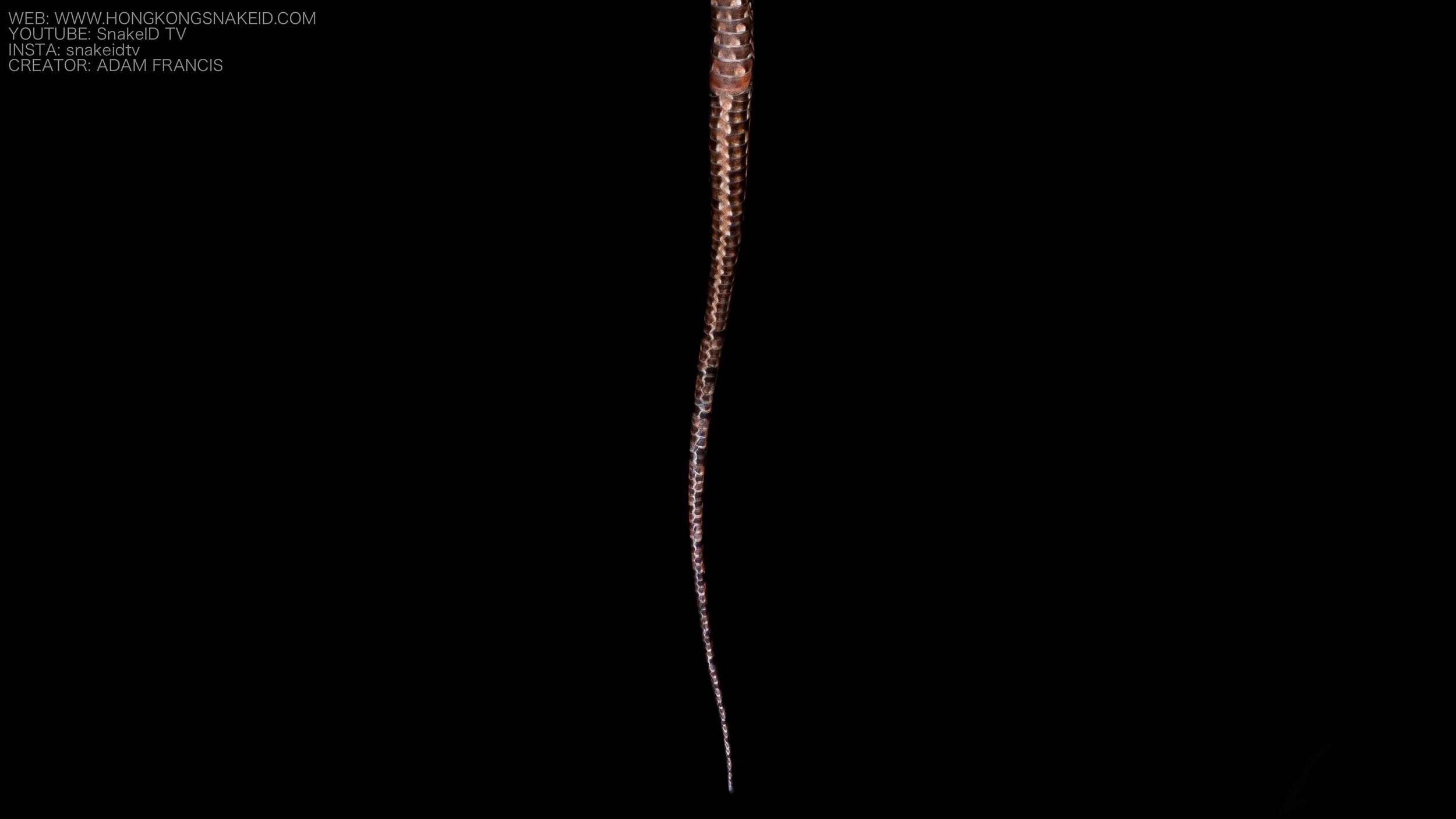
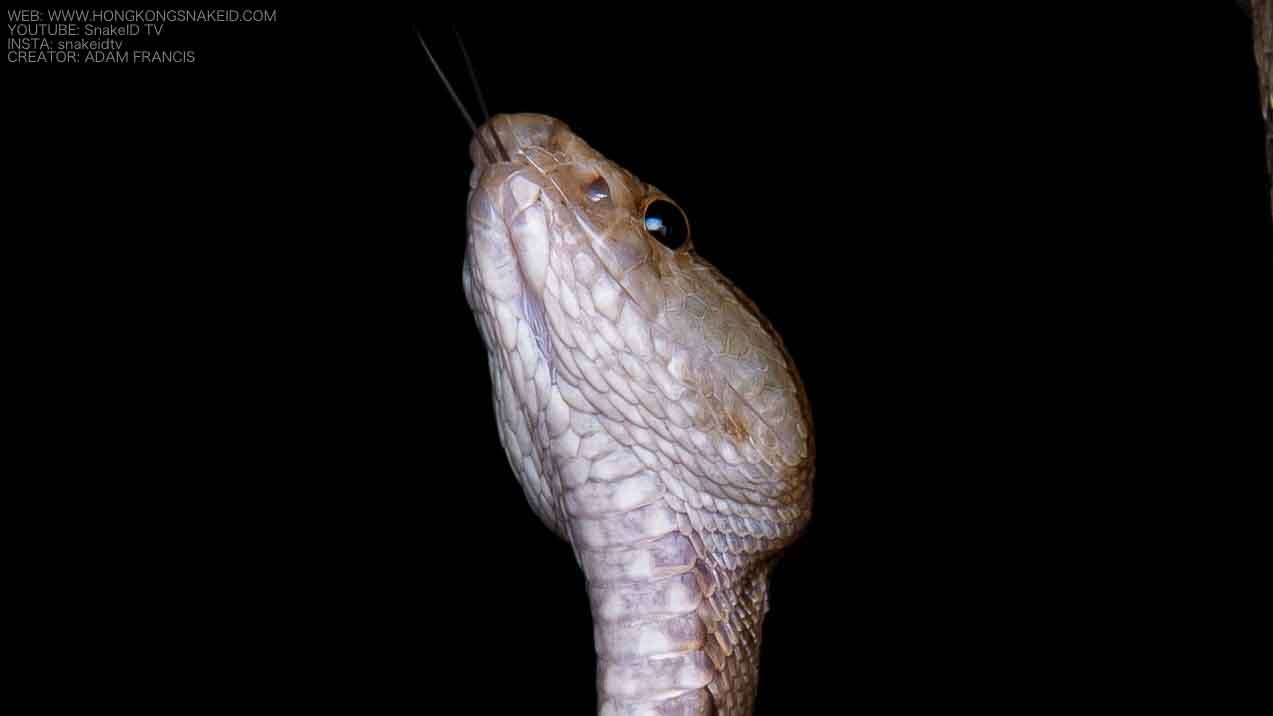
DESCRIPTION
Dangerously venomous and potentially lethal. Heavily keeled scales running the length of the body. Generally tan in color with dark brown or black alternating blotches running the length of the upper back with similar colored markings along the lower side. Head is extremely large compared to the body with proportional eyes and dark stripes running behind each eye. Head color is similar to the body with tan and dark brown markings on top. Jaw line can be dark brown or light tan in color (more common on mature specimens). Long slender body and relatively long tail.
BEHAVIOR
Active at night usually well hidden in rock crevices and leaf litter. The Pointed Scale Viper is a predator that may both actively hunt their prey and or wait in ambush. They are a viper and have relatively long retractable fangs and will bite readily at anything that comes within range when hunting for food, and are actively aggressive when encountered. Prone to rush their assailants and hold their ground if they feel cornered. They will retreat quickly if the opportunity arises but are not at all averse to attack if the opportunity arises. A bite from a Pointed Scale Viper or “Habu” should be considered very serious and medical attention should be sought immediately. Although not known to be highly lethal fatalities have been recorded and very serious damage can occur from a bite even if treated.
HABITAT
Found at low to mid elevations up to +/-200m in areas with large amounts of vegetation and hiding places. The Pointed Scale Viper is rare in Hong Kong with only a few highly localised populations and due to its proclivity to hide out in rock crevices and thick vegetation it is extremely difficult to find.
MISTAKEN IDENTITY
NO SNAKE SHOULD EVER BE HANDLED BY ANYONE BUT EXPERTS: The Pointed Scale Viper looks extremely similar to the Many or Large Spotted Cat Snake. It is not clear if the Cat Snake is an intentional mimic of the Pointed Scale as there are some discussions as to weather or not the Pointed Scale Viper is an introduced species, but regardless, to both the trained and untrained eye it could be easy to mistake the two. If found observe from a safe distance. Visit the 'Practical Venomous Snake ID' section of the Snake ID page for tips on identifying some of the more common venomous species.
LARGE SPOTTED CAT SNAKE vs POINTED-SCALE PIT VIPER / “HABU”
Key Differences Summary: The Large Spotted Cat Snake has a smaller roundish head, smooth scales and a keeled spine where the Habu has a large flat arrow shaped head, heavily keeled scales and a mostly round body. Notwithstanding those differences these species are highly similar in appearance so please review the detailed differentiators included below:
HEAD: This is one of the best differentiators between the species but can still be difficult for the inexperiences due to the Cat Snakes propensity to flatten its head when defensive. Despite this behavior there are two significant ways to differentiate by the head. First, size relative to body. The cat snake has a smaller roundish head (when not defensive) with large smooth scales and a distinctive black “arrow” marking on the top. The Habu has a very large head relative to its neck with tiny granulated scales and scattered black to light brown markings usually with two lines running down either side of the head from the eyes to the back of the jaw.
CAT SNAKE: Large smooth scales, black arrow markings
HABU: Tiny granulated scales, faint markings
SCALES & BODY SHAPE: The Cat Snake has completely smooth shiny scales running the length of its body while the Habu has heavily keeled matte scales. The Cat Snakes scales are also larger relative to the Habu though this would be difficult to determine from a safe distance. The head scales of the Cat Snake are significantly larger than the Habu which has obviously tiny granulated scales. In addition to the scales, ironically the body of the Cat Snake is keeled with a pointed spine whereas the Habu’s body is round. Finally the Cat Snake’s vertibral scalse (those running down the spine) are enlarged realtive to the rest of the body scales where the Habu’s body scalse are all uniform in size.
CAT SNAKE: Smooth Scales, Keeled Body Shape
HABU: Keeled Scales, Round Body
EYES: The eyes of these species are strikingly similar in shape and color. Both are large relative to head size, both are gold in color and both have vertical pupils. At very close review there are small discernable differences in markings on the eyes but these are not apparent at safe viewing distances. As a result, the eyes cannot be used to differentiate the species.
CAT SNAKE: Gold eyes with vertical pupils.
HABU: Gold eyes with vertical pupils.
The Large Spotted Cat Snake and the Pointed-Scale Pit Viper or Habu are one of the most striking examples of non-dangerous snakes mimiking a dangerously venomous species. Luckily the chance of encountering a Habu is relatively low, but their appearance to Cat Snakes is so strong and their venom so dangerous that it is important to never take a chance and assume you have correctly identified these species.







